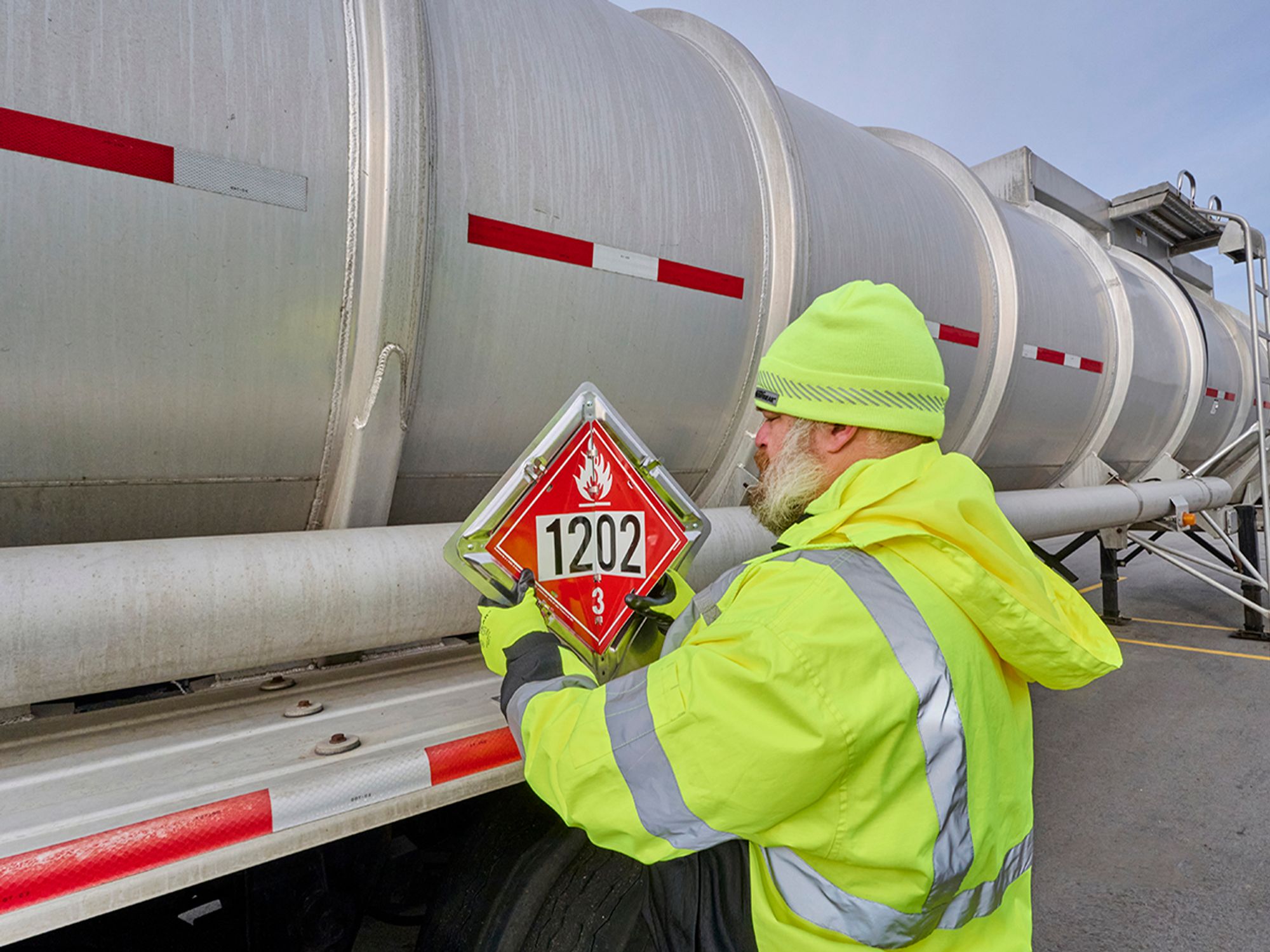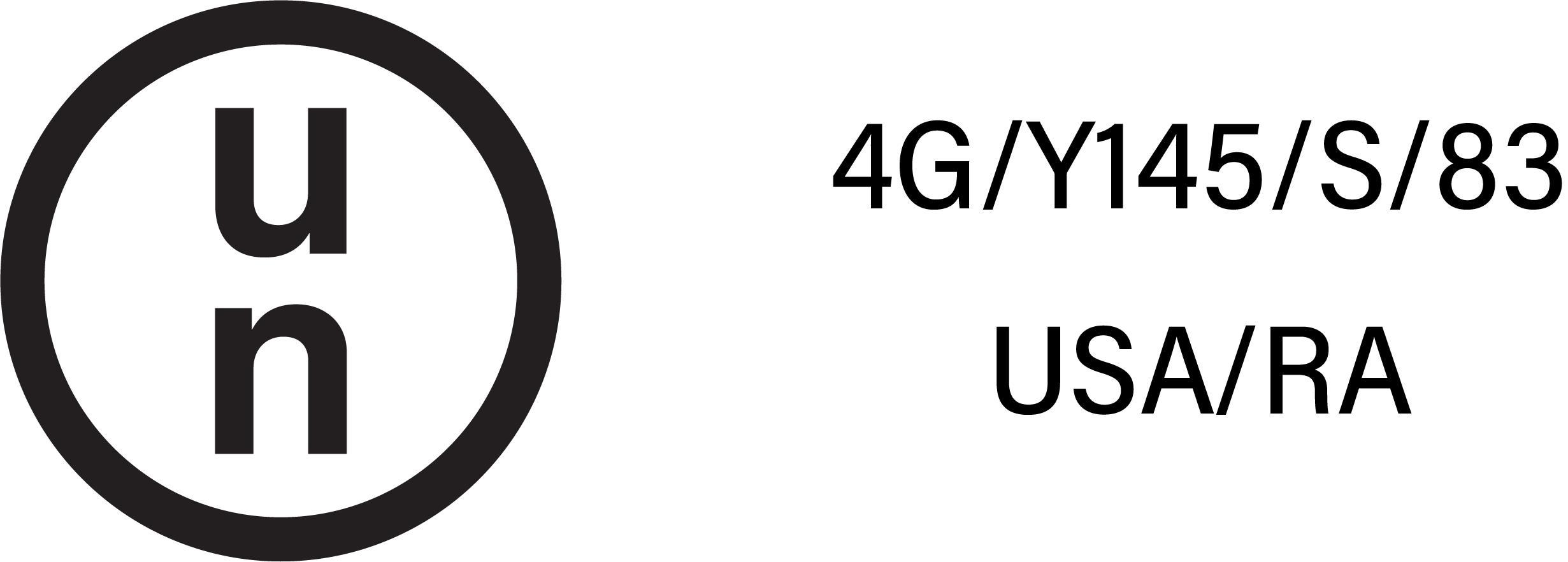Markings

- Requirements for markings apply to both bulk and non-bulk packages.
Markings play a crucial role in conveying essential information about the contents of a packaging, freight container, or transport vehicle. They serve as warnings about the potential hazards posed by the materials during transportation. Beyond the warnings provided by labels or placards, markings offer additional details about the hazardous materials within a package or vehicle. This extra information can include handling instructions, specific risks, and other critical data that ensure safe and compliant transportation.
Who is responsible for markings?
- It's the shipper’s responsibility to ensure that hazardous materials are marked in accordance with the Hazardous Materials Regulations (HMR).
- Bulk and non-bulk packagings are required to have certain information displayed.
- Packagings that contain materials with certain properties or require specific handling instructions must be marked appropriately.
Marking requirements apply to non-bulk and bulk packagings transported by highway, rail, air, and vessel. Certain requirements specifically apply to transport vehicles and freight containers.
The individual who prepares non-bulk packages of hazardous material for transport is responsible for marking the package. This responsibility includes:
- Checking to ensure any relevant markings already displayed are in the correct location and in accordance with the regulations,
- Removing or obliterating any markings that are not applicable or that may reduce the effectiveness of required markings, and
- Applying any new markings in accordance with the regulations.
In most cases, the responsibility for marking bulk packagings, freight containers, and transport vehicles rests with the individual initiating the shipment. The carrier is responsible for replacing identification number markings that are lost, damaged, or destroyed during transit.
Types of markings that are prohibited
No packaging should be marked with a proper shipping name or identification number unless the packaging contains the identified material or its residue.
Specifications for markings
To withstand conditions normally encountered during transportation, all markings must be:
- Durable;
- In English;
- Printed on or affixed to the surface of a package, or on a label, tag, or sign;
- Displayed on a background of sharply contrasting color;
- Not obscured by labels or attachments; and
- Located away from any other markings, such as advertising, which could substantially reduce their effectiveness.
Manufacturer/specification packaging marking (178.503)

Most authorized packagings for hazardous materials must be marked with a United Nations (UN) packaging marking (for non-bulk packaging) or a specification packaging marking (such as DOT 406). For more information on these markings, refer to the Markings section under packaging definitions.
